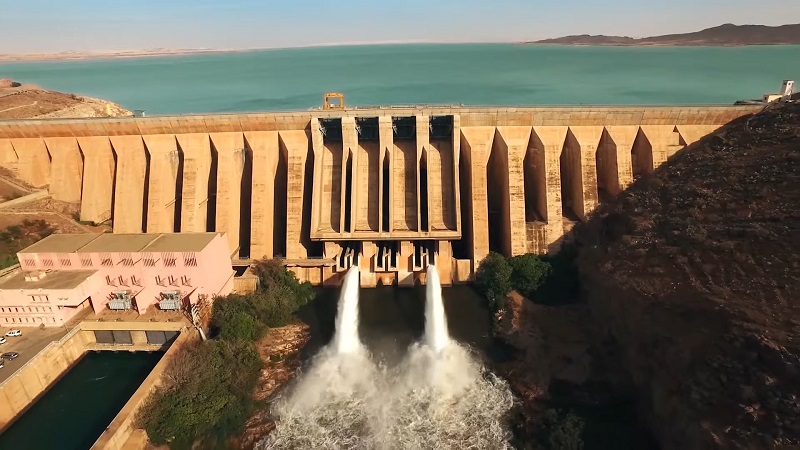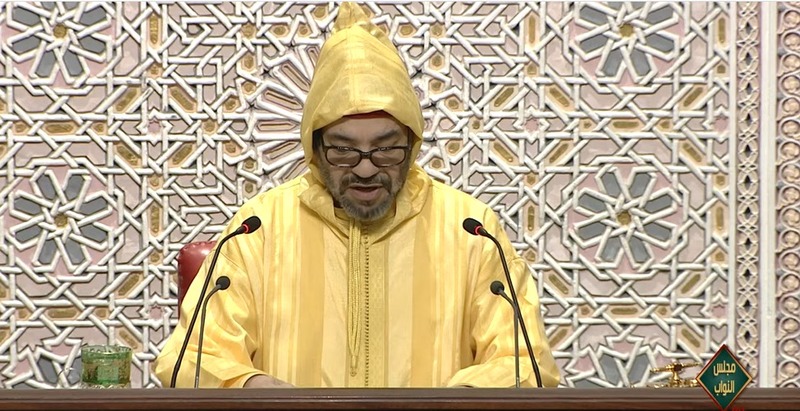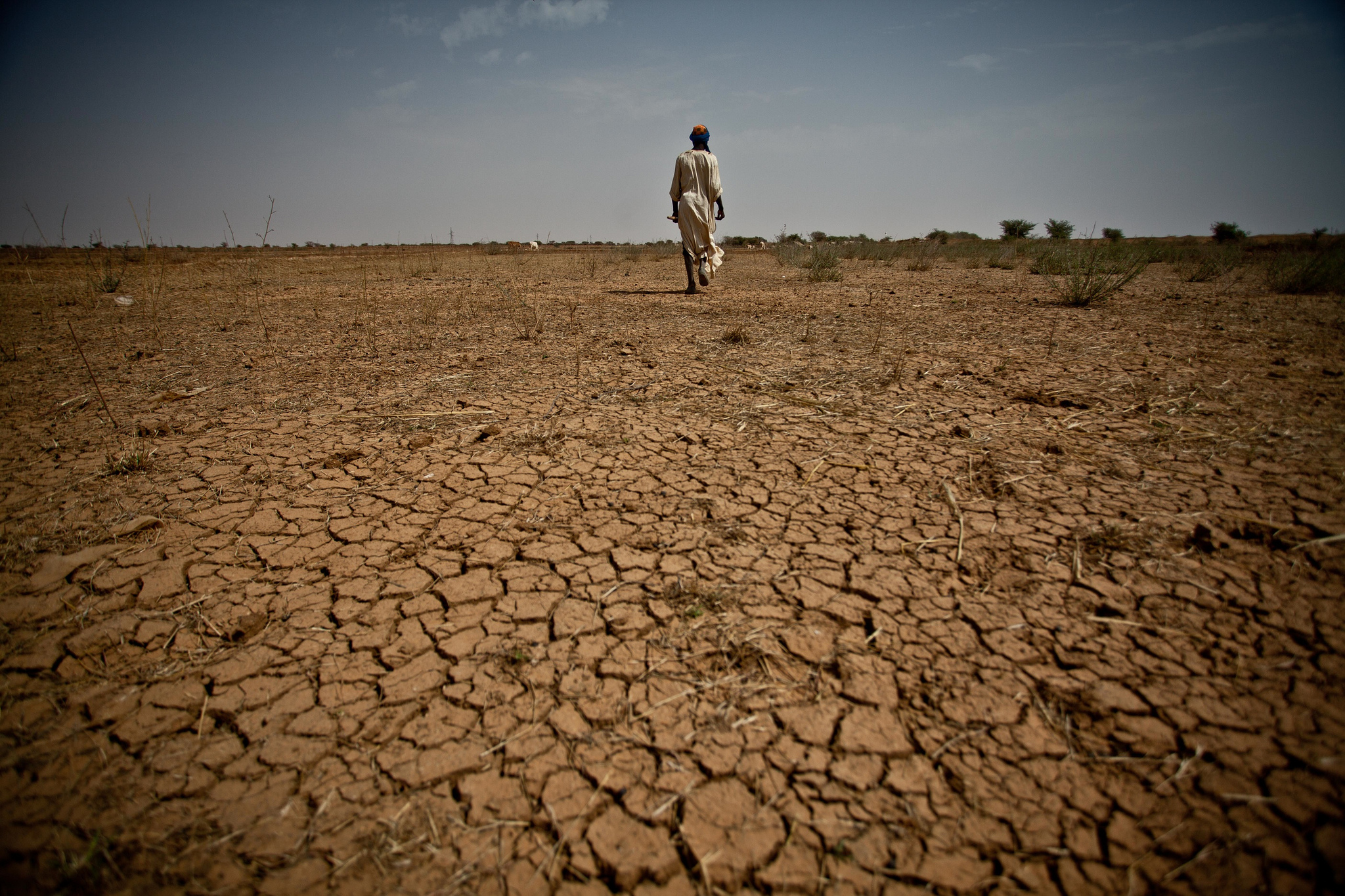Torrential rain in different Moroccan regions last week boosted water reservoirs reaching an average of 30.7%, compared with 23% few days ago.
While the recent rain is a boon for a drought-hit farming sector, it reached a surplus in some northern dams and mitigated water shortage in other areas.
The region of Souss, a key farming powerhouse, has received lesser rain with its dams left at a critical 14.7% filling rate.
Lukous reservoirs were at 60.52% filling rate, followed by Tensift with 56% and Sebou at 46.7%.
The Bouregreg basin dams, supplying Rabat and Casablanca, had a 27.77% filling rate following the recent rain.
Late rainfall led farms to shrink cereals planted area to 2.5 million hectares only, instead of over 3 million hectares in normal years.
The central bank forecasted a drop in rain-dependent cereals harvest to 25 million quintals this year, compared with 5.5 last year.
Authorities have also taken proactive measures banning irrigation of green spaces and street cleaning using drinking water.
Proactive measures, such as the waterway channeling water to Rabat and Casablanca, have spared the two cities water-cuts.
The desalination plants launched by OCP in El Jadida and Safi are also planned to start pumping fresh water in 2024, as the government plans a larger plant in Casablanca to be ready by 2027.
Drought means lower economic growth as the farming sector represents about 14% of Morocco’s GDP. It would also trigger higher fresh produce prices and higher unemployment in rural areas.



